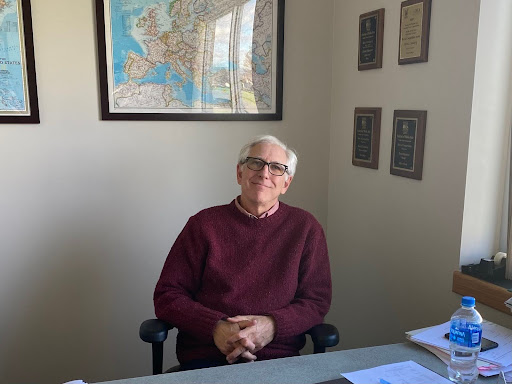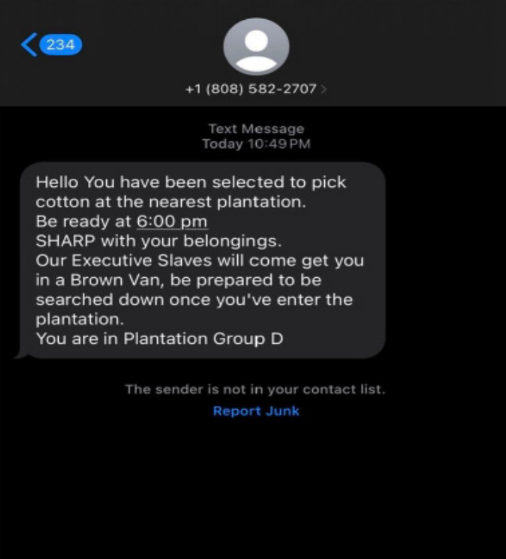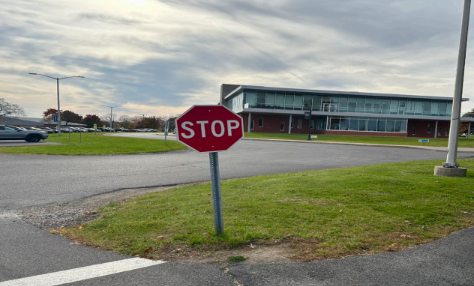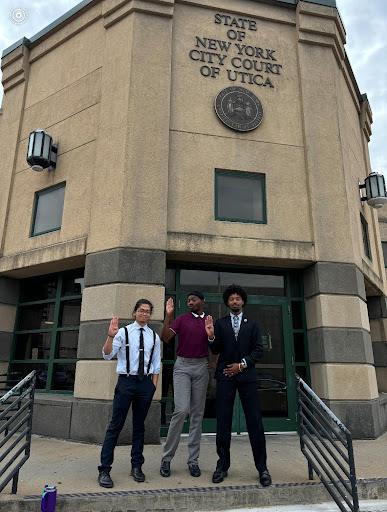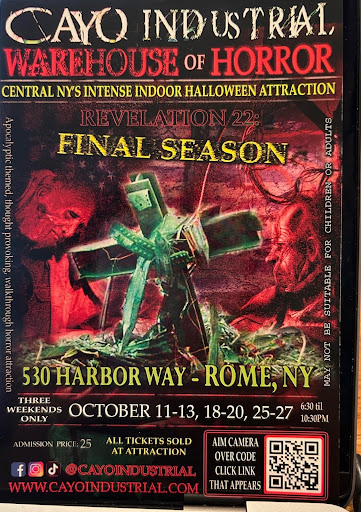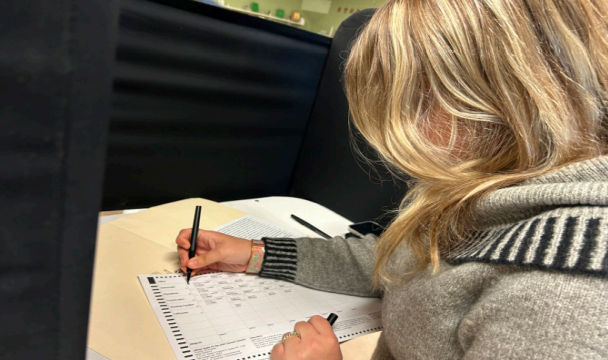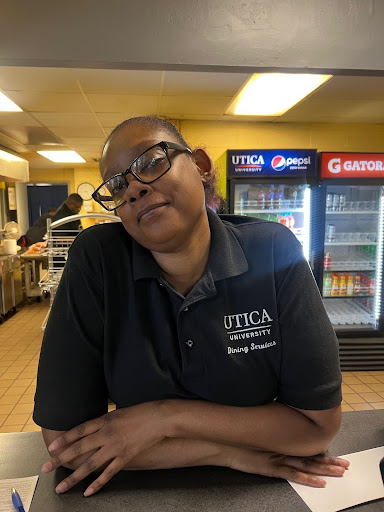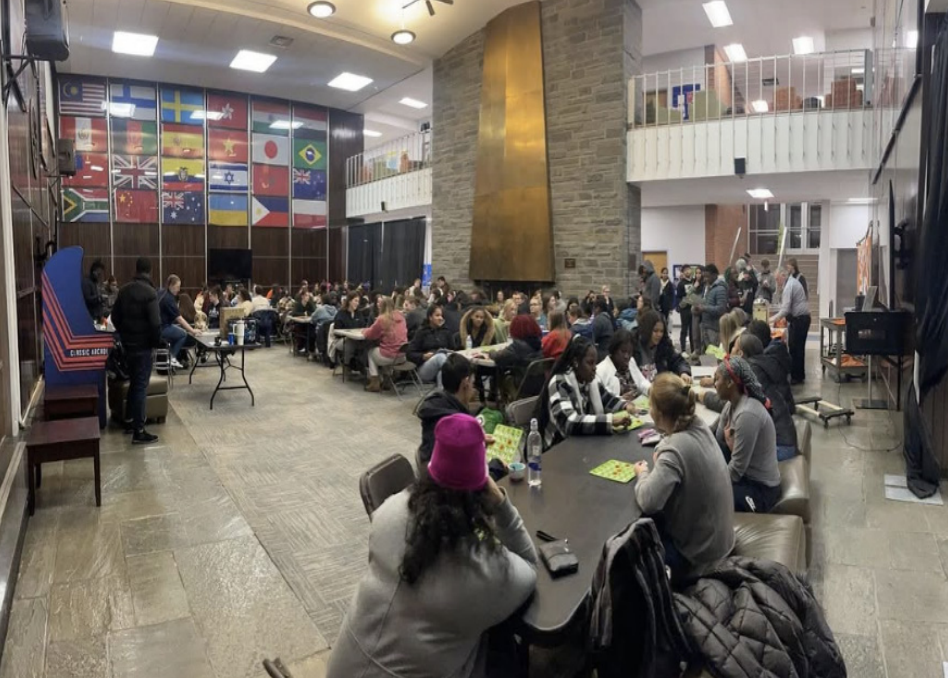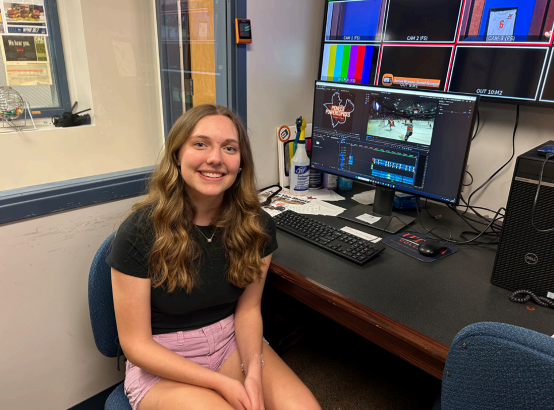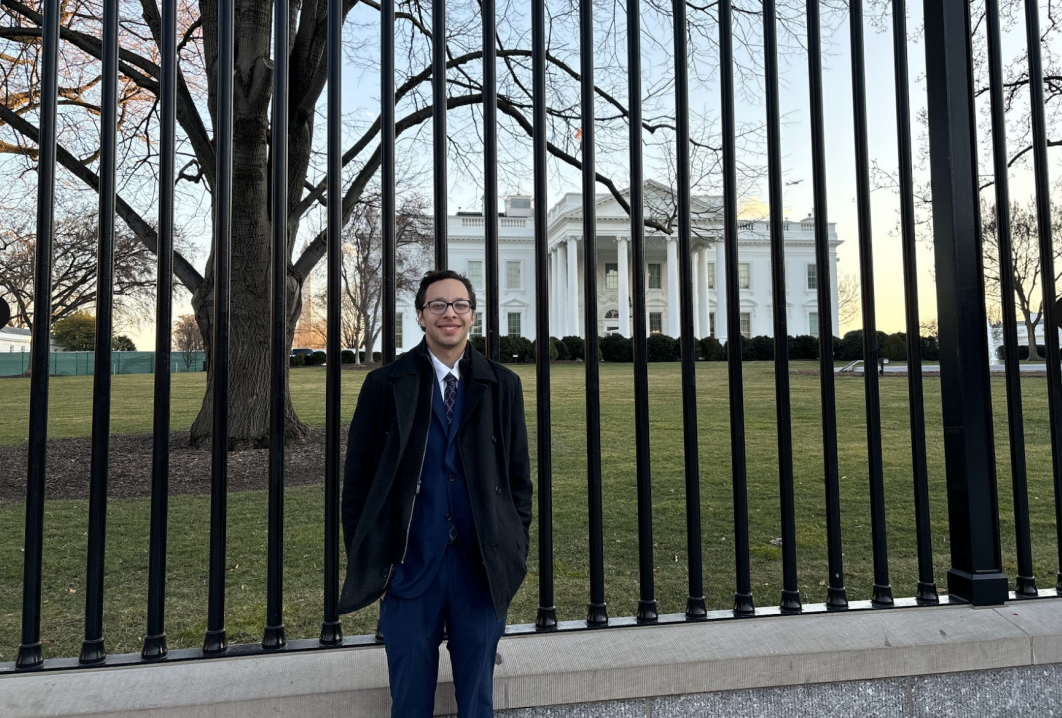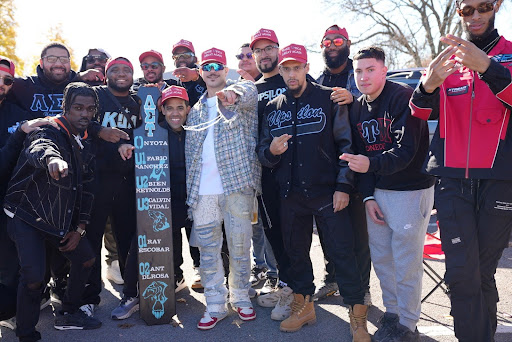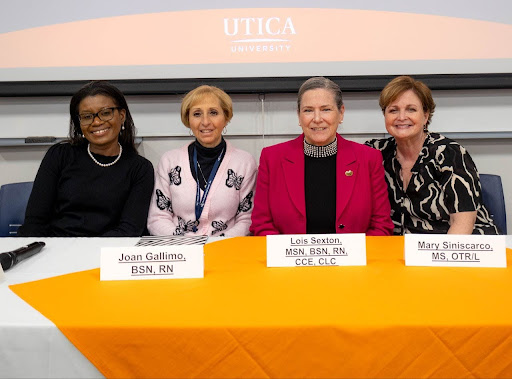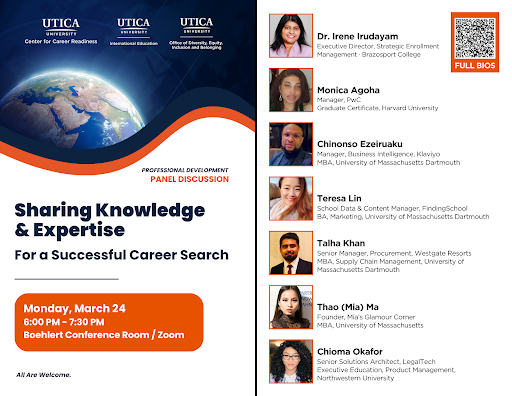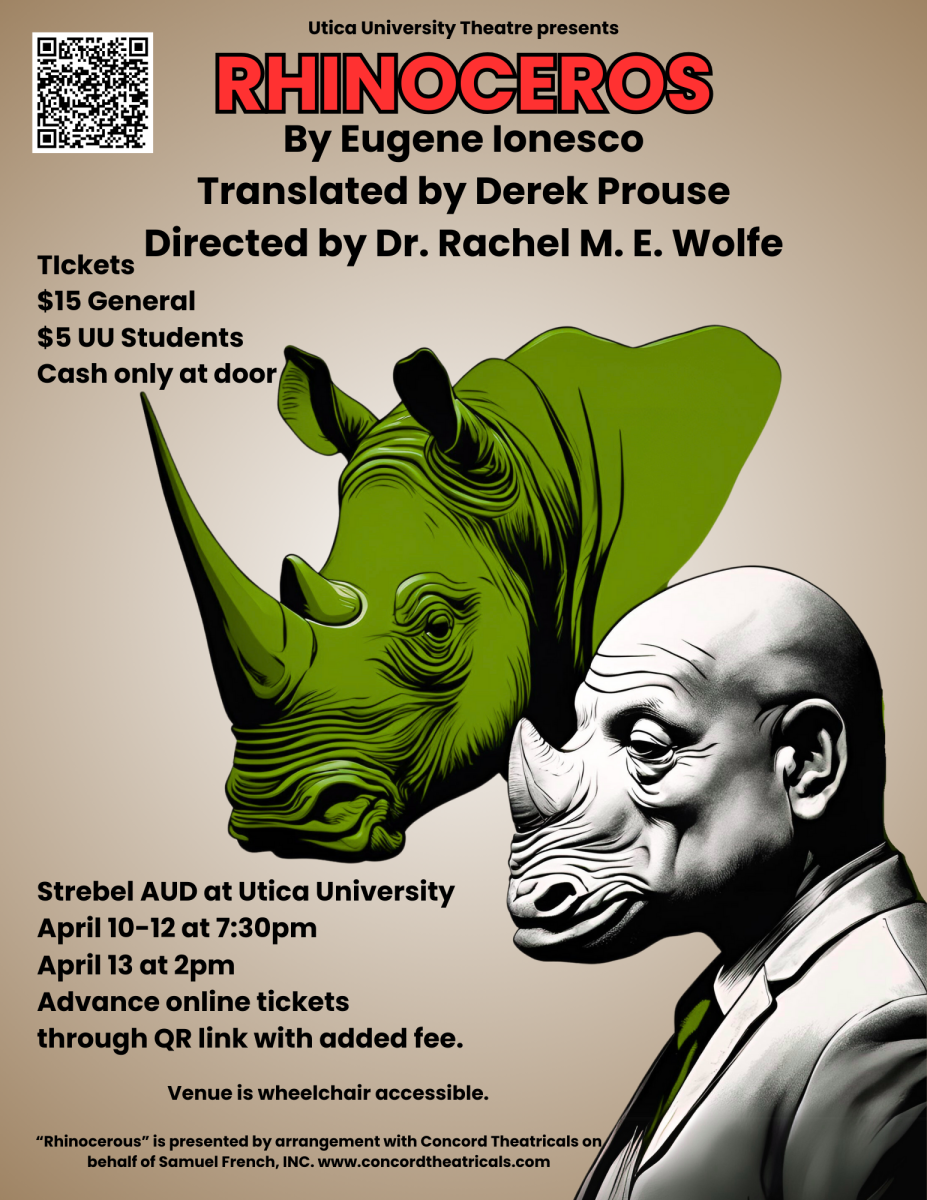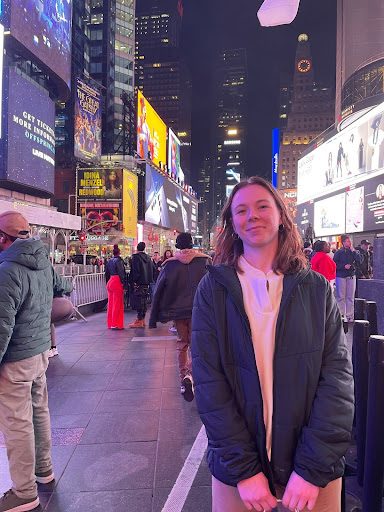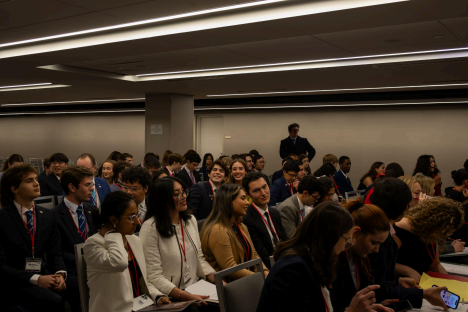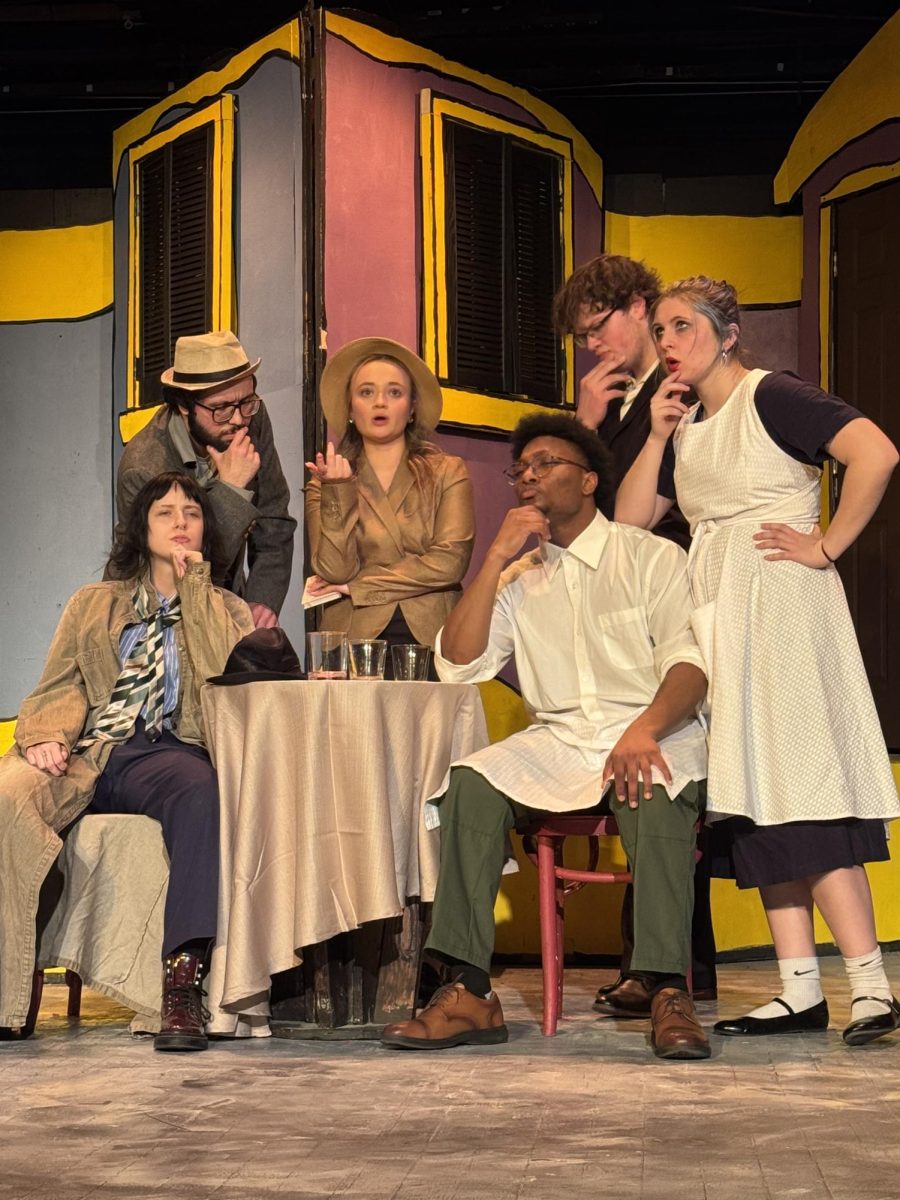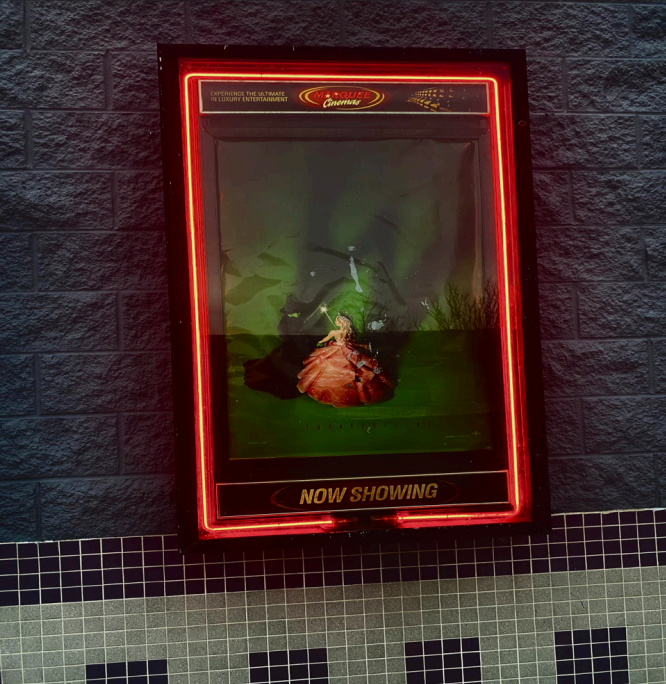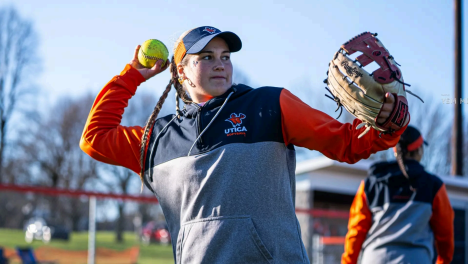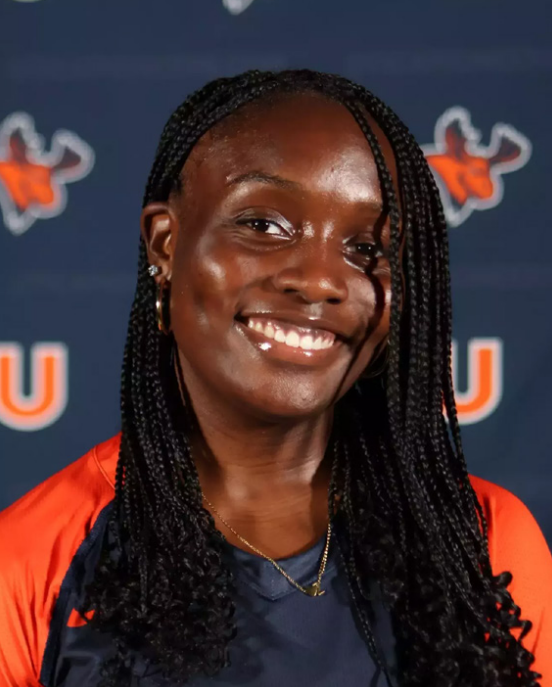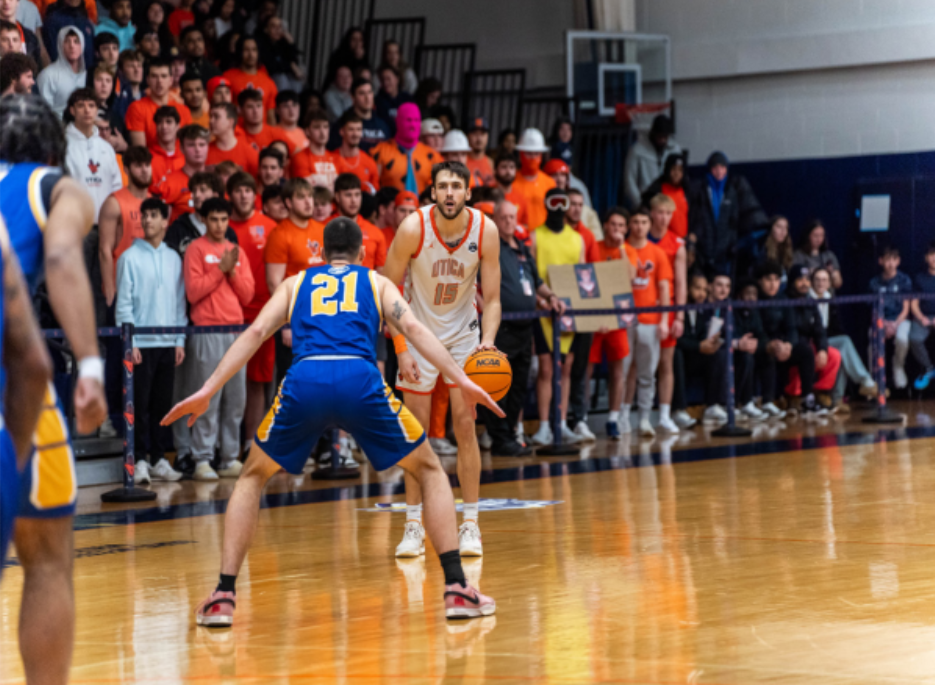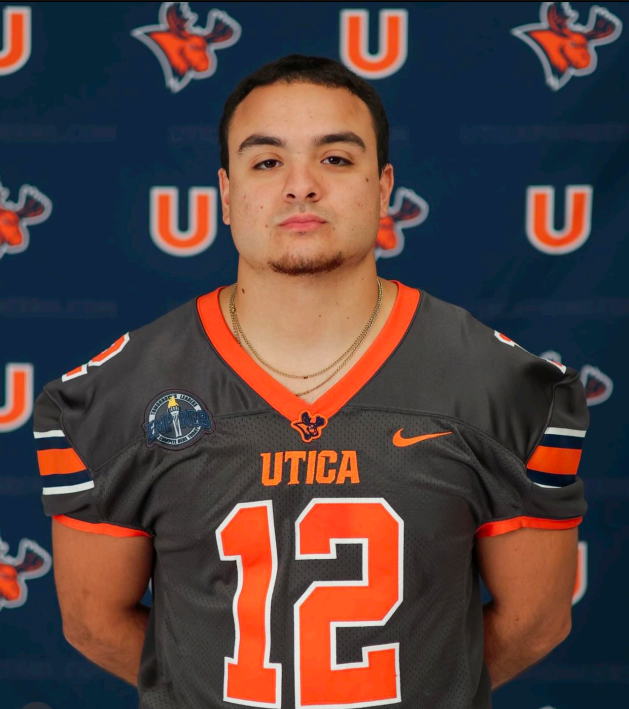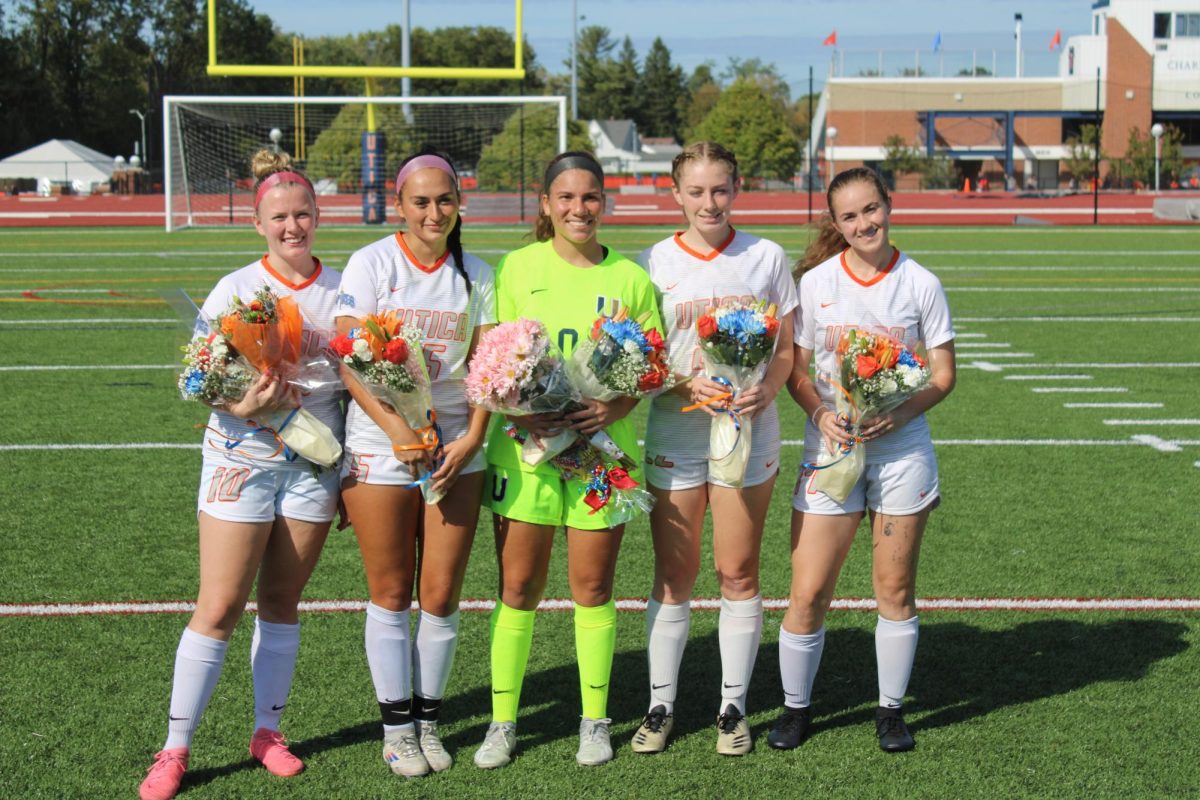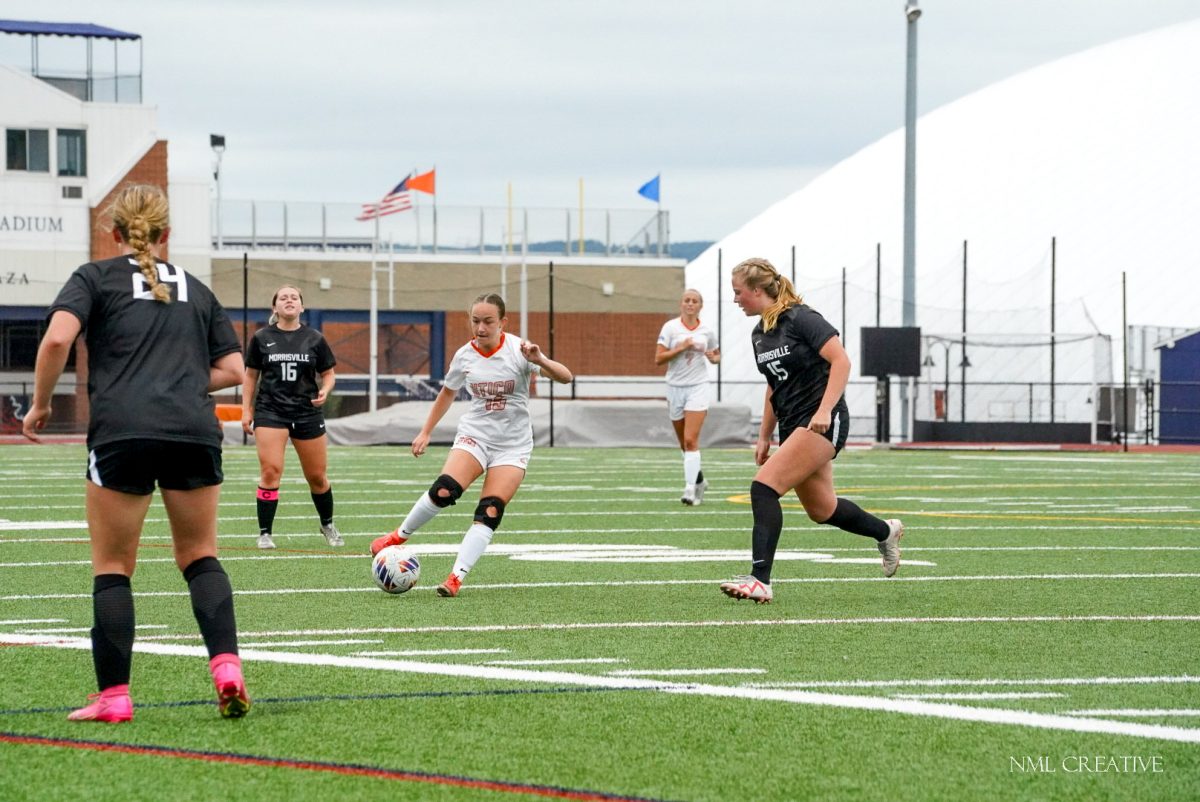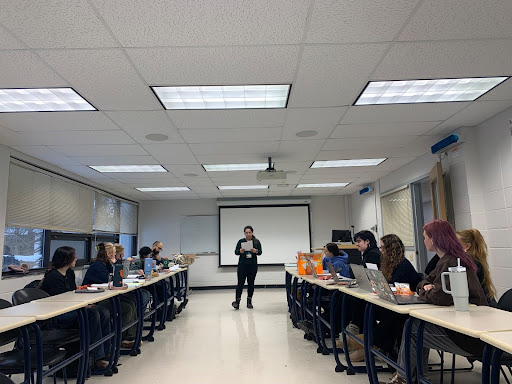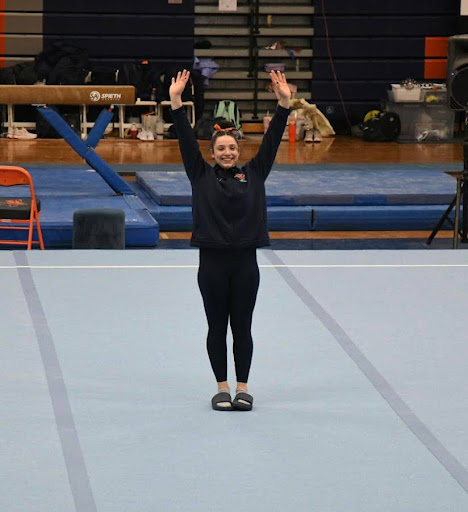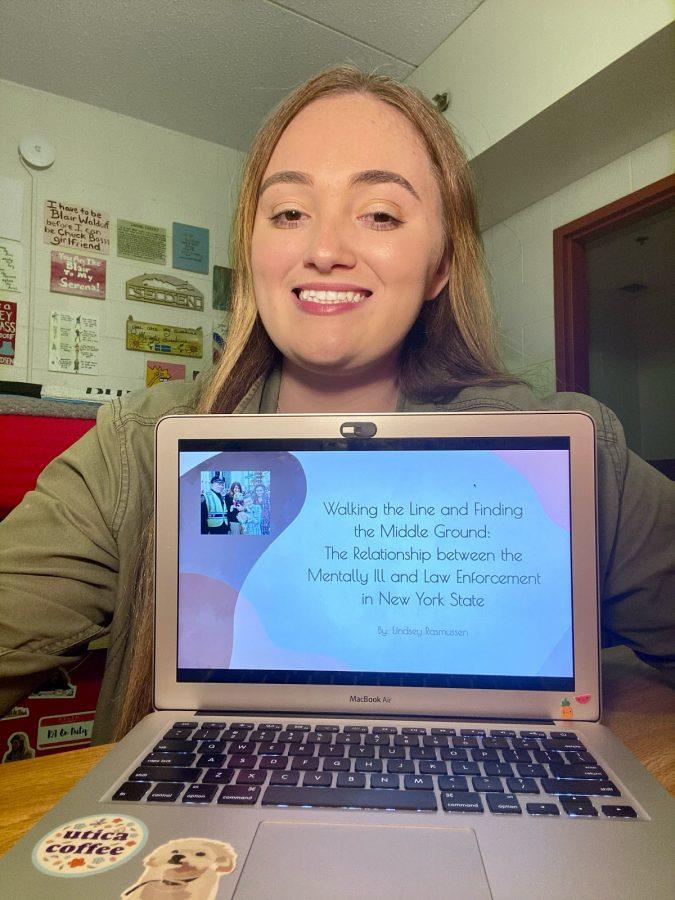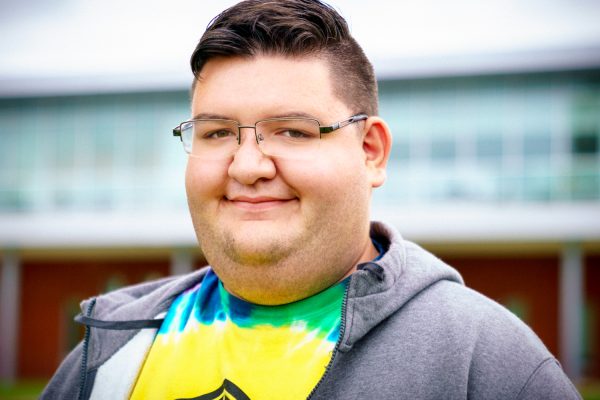The Jan. 6 Capital riots and insurrection propelled the theme for this year’s History Project Symposium, titled “This is Not Who We Are: Contested Notions of Democracy and ‘Americanism’ in New York State.”
The annual student-research event was hosted by the History Department on April 28 and 29 through Zoom. This year’s event marked the 20th anniversary of the Utica College History Project Symposium, Associate Professor of History Sherri Cash said.
“As they progress through our major, we want students to increasingly move from being consumers of history to an intellectual place in which they think critically about the past, and, ultimately, reconstruct the past through original research,” Cash said.
Recent Posts
- Understanding New York’s bail reform: ‘A dangerous standard’ taken away
- Utica University grapples with AI
- ‘Hunger has no face’: Addressing food insecurity on campus
- ‘I am indebted to all of you’: Class of 2025 valedictorian and salutatorian react to news
- UticaTV redefines its programming with new sports shows
The History Symposium started in 2001 and is used as a part of the course HIS 456 (Guided Historical Research). Cash said every year the theme has had meaning for anything that pertains to certain events of the year. This year’s theme stems from what was said by President Joe Biden and officials in response to the Capitol insurrection.
“The History Project Symposium is a real point of pride for us,” Cash said. “It’s wonderful to see our majors reach this point. As well, the strongest papers are then chosen to be published in our undergraduate history journal The History Project.”
Seven students presented projects this year. It is a way for them to show off new knowledge learned in research topics they found interesting, leading to either new information revealed or in-depth family trees that showed major events people have lived through.
One student who used his family as a source for research was Senior Santhyyea Pich, whose project focused on his family’s experiences through the Cambodian genocide.
“It was very personal as I interviewed both of my parents about their experiences during the Cambodian genocide,” Pich said. “It was enjoyable as I finally got to share a brief history of the genocide as well as share a personal story of my family.”
Pich said he feels it’s important to let people know that a state like New York is a place where everyone can settle no matter their background. He also hopes this project helps people learn to take time and learn about one another because everyone is different and that’s what makes them beautiful.
Senior Daniella Hyde presented a project that highlighted the impacts in which the famous case Brown v. The Board of Education had on New York State.
“One thing I want people to take away from my project is that there are still issues of segregation in New York State and that educating people on this topic may help begin to alleviate the issue,” Hyde said.
Hyde hopes her project will hopefully spark change in the near future.
Not all students chose personal topics for their projects. Brady Sanfilippo, a senior, chose a topic that analyzed the historical occurrences that happened in Oriskany. He revealed that Oriskany once had a park that drew a lot of attention in its time, as President Theodore Roosevelt went there to give a speech. The park, called Summit Park, was founded in 1897 and closed in 1926.
“I believe the most enjoyable part of this was when I found out from the Oriskany Museum that I would be the first person to write on Oriskany’s history outside of the Battle of Oriskany,” Sanfilippo said. “No one has ever officially written a paper on this subject so it was a big responsibility to take on.”
He said it was amazing to see the old maps the museum had from during the park’s heyday, especially because it also showed him just how much the town changed from the past to the present day.
“A take away I would want people to have with my project is simply that you never know what history a town could hold,” Sanfilippo said. “You could drive through some small town and think ‘What a tiny place, who would live here?’ and you would never know that it had such a deep history.”

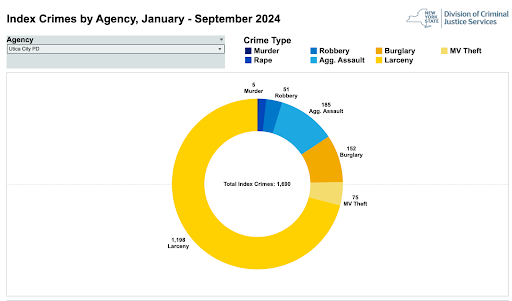



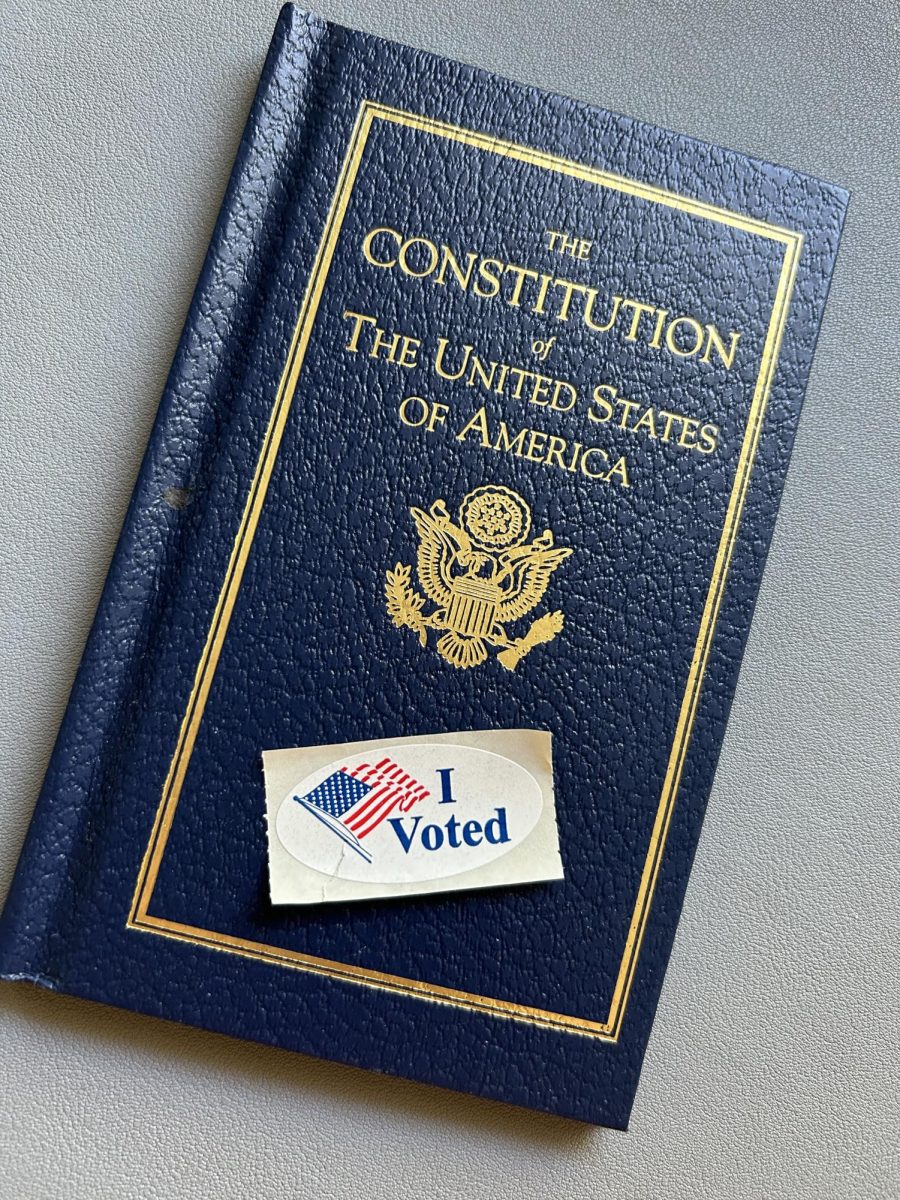
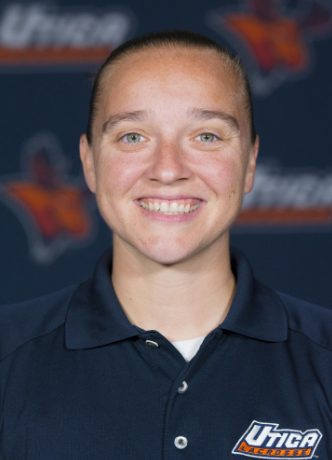







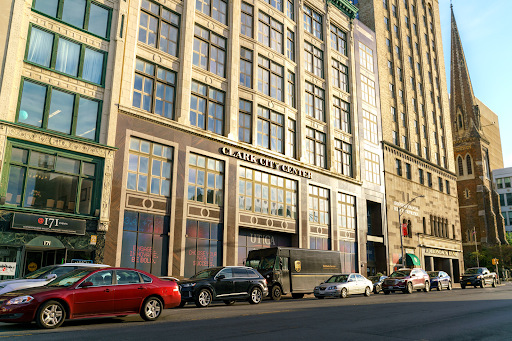
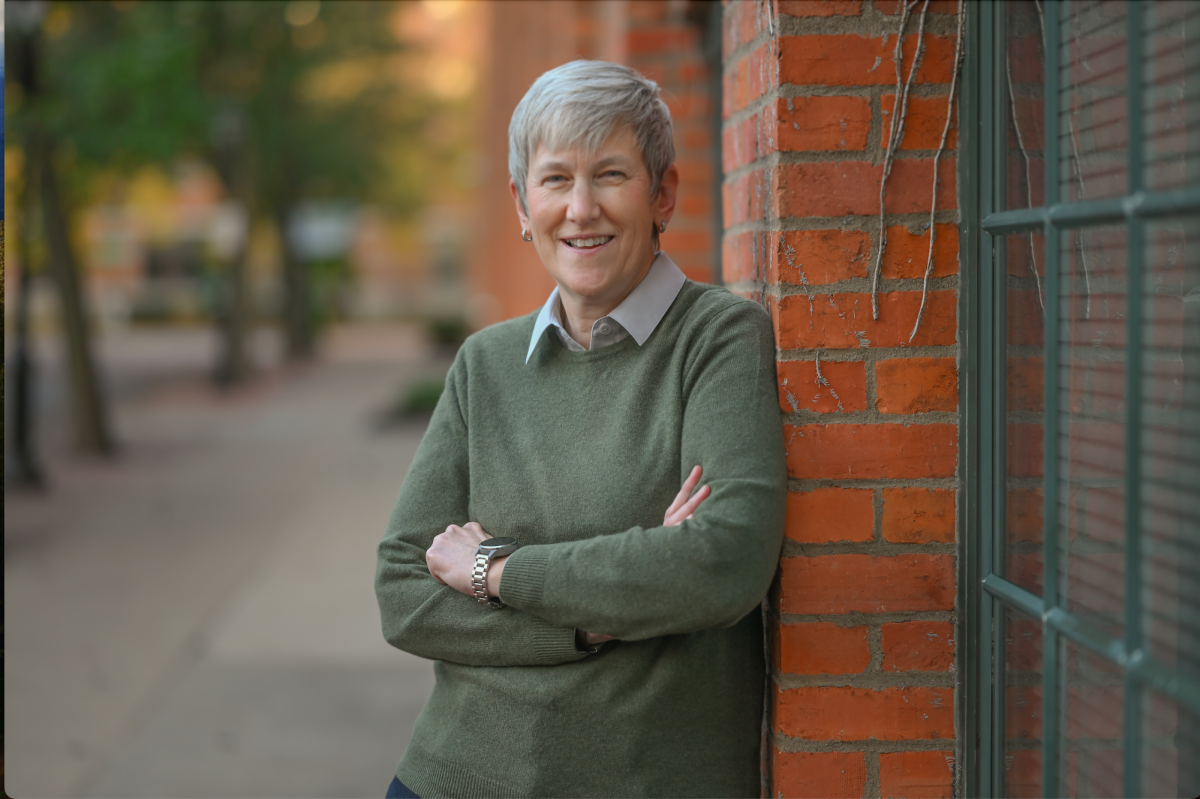


![President Todd Pfannestiel poses with Jeremy Thurston chairperson Board of Trustees [left] and former chairperson Robert Brvenik [right] after accepting the university's institutional charter.](https://uticatangerine.com/wp-content/uploads/2023/10/unnamed.jpeg)
